This is a guest post by Pat Merrill who has more than 30 years of experience doing wine package evaluation and market research in the wine industry. He and I worked together on both domestic and international wine packaging projects when I worked at Nomacorc.
What would a 20% increase in sales mean to your bottom line?
Now compare that to the cost of finding out which one of your new package alternatives could deliver those results. The right package that resonates with your target consumers can have a remarkable impact.
Wineries employ a wide variety of methods to market to consumers. Large wineries use advertising in the form of print, radio, outdoor, and sometimes television to promote their brands. Smaller wineries use public relations and event marketing to promote their brands. Every winery is sticking its grape-soaked toes in the digital space with inbound and outbound marketing.
Many wineries use in-store displays or have wine clubs and visitor centers to tout their brands. Nearly all wineries have developed a website where consumers can be exposed to products and “messages.”
Packaging – The Top Messaging Tool
However, only one way that all wineries, regardless of size or location, use to communicate to consumers–the wine package itself.
Many wineries primarily depend on their package to stimulate consumer trial and repeat purchase. With an ever more crowded and confusing wine shelf and increased reliance on retail wine sales, the “work” that a wine package must do to generate sales and create a favorable brand perception has significantly increased over the past ten years.
Yet, until recently, package evaluation research has gone largely ignored by wineries. Perhaps this is because the package has been seen as purely functional (hold and protect the wine) or because it was felt package design was artistic and thereby immune from objective assessment.
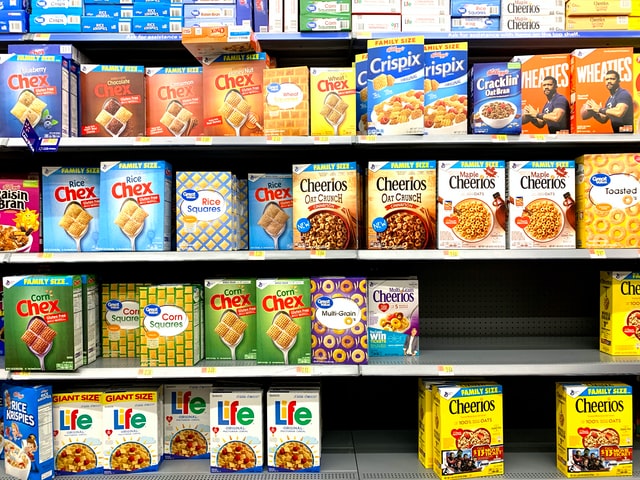
Packaged goods firms such as Proctor & Gamble, General Mills, Coca-Cola, and Kimberly-Clarke have long understood the importance of their packaging. These firms invest millions of dollars in conducting marketing research to help ensure they introduce packages that maximize sales.
The wine industry is starting to wake up to the realization that packaging is all-important in gaining trial. Only “taste” is more critical to a brand’s success than packaging, and this is true only among consumers who are blessed with a discriminating palette. Moreover, if a package can’t stimulate trial, the opportunity to taste is lost.
The role of a wine package is to attract, communicate and persuade.
So, given the high importance of packaging and packaging goals, how can marketing research help ensure success? Two very different types of marketing research can help: qualitative and quantitative. There are merits for both approaches and the following insights cover which may be best for your situation.
Qualitative Research
Qualitative research, usually in the form of focus groups, can be instrumental in understanding the consumer’s emotional reaction to your package. This type of research can help identify the core equity and any strikingly positive or negative elements of your package.
It can almost always weed out a “dog” from packages that have potential.
Qualitative research can also provide valuable insight to package designers who can observe consumers interacting and discussing package alternatives in real-time (i.e., observing through a one-way mirror). It is well suited to understanding the messages that a package communicates (e.g., quality, specialness, value, fun, distinctiveness).
Qualitative research can also help assess how well the package stands out on the shelf and how well it will motivate consumer purchase, but this method is not ideal for these purposes.
For wineries that want to “refresh” their package without making any radical changes, qualitative research can help. This approach provides an excellent opportunity to assess reactions to potential packaging adjustments (e.g., changing a font, enlarging a logo, lightening the background color).
In the focus group discussion, consumers can be asked to rank order your package alternatives along with selected competitors on overall preference. They can then be asked why they ranked the packages as they did. No approach can provide a better understanding of the “whys” than focus groups. Focus groups can also be used as a disaster check before introducing a new package into the market.
Finally, focus groups are more effective when assessing differences in packages that are extreme or when consumers are asked to focus on a single element (e.g., label shape or font style) at a time.
Quantitative Research
The other approach to package evaluation is quantitative research. Unlike focus groups, quantitative analysis is designed to collect data from a large sample of respondents individually, one-on-one. Qualitative research can provide statistically reliable results, something very desirable for high volume brands or where packaging risks are high.
Traditionally, quantitative package evaluation research was conducted using a mall-intercept approach. We paid for renting the mall facility, paid for the interviewers, and paid the respondents a cash incentive with this approach. If incidence was low (e.g., looking for high-end cabernet drinkers), this approach was complemented by a telephone pre-recruit, which required even higher respondent incentives and higher recruiting costs. While this approach allowed consumers to see the actual package designs, it didn’t provide the exact geographical representation that a random telephone study could provide. Typically, mall intercept studies of this type were conducted at only five to ten, typically suburban, mall locations.
Over the past decade+, most quantitative package evaluation studies have moved from the mall to the web. Since 95% of wine drinkers have access to the web, reaching wine drinkers via the web makes perfect sense. Web studies cost less than one-half of what traditional approaches cost and can be completed in about one-half the time. What was worth it in 2000 is worth it today.
Another benefit of using the web for data collection is that we can provide a nationally representative sample. Moreover, a web sample can be purchased to meet the specific needs of our clients. For example, if testing a new 1.5L package for a $9.99 bottle, we may buy a sample of persons who are 25 to 64 with household incomes above $50,000. If we evaluated a new 750 ml package costing $24.99, we might purchase a sample of persons 34 to 54 with household incomes above $100,000 with a college education. Web samples can be purchased by geography (e.g., top 25 metro areas, west/east coast, etc.).
Generally, we select the sample from a national panel of consumers who have agreed to participate in web-based surveys. A selection sometimes supplements this sample our client has provided or model we can provide in-house. Sample sources from clients often come from a wine club or visitor center and can be a cost-effective way to ensure that our client’s customers are interviewed. Occasionally, we will rely on a customer list entirely for our sample, though response rates are below.
Qualitative or Quantitative – What’s Right for Your Packaging Test?
While the purpose of this article isn’t to provide a “how-to” for package evaluation web studies based on my 30+ years of experience doing this, I will briefly offer a few pointers.
First, a monadic approach is almost always preferable over a paired comparison approach when determining which alternative package is best. A respondent is shown only one alternative with a monadic approach, and results are then compared between product “cells.” With a paired comparison approach, each respondent is directed to multiple options and asked their preference. A monadic system provides data that much more closely mirror reality than a paired comparison approach.
Secondly, we generally recommend competitors’ packages be included in the study to add further realism. This helps consumers see your package with some recognizable visual cues surrounding it.
Thirdly, we recommend typically asking questions that measure shelf impact, imagery communications, and persuasiveness. How these questions are constructive can make a meaningful difference in the value of the responses.
Encouraging Signs
We are encouraged to see that more wineries recognize the importance of their packaging and are increasingly relying upon marketing research to help them make good packaging decisions. Compared to the cost of developing a new package, and even more so the cost of introducing an inferior package, the cost of conducting package evaluation research is an absolute bargain and provides “disaster insurance” in this regard.
Think about the value that a 20% increase in sales would mean to your bottom line compared to the cost of finding out which one of your new package alternatives could deliver those results.
The cost of research is modest compared to the opportunity of marketing a consumer-tested package.

Patrick Merrill formed Merrill-Insights in 2018 after founding and running Merrill Research since 1986. Merrill-Insights provides a full range of quantitative and qualitative research services and focuses on the beverage alcohol category. Pat is committed to working on very few projects at a time so that he can personally serve as the day-to-day contact on each and every project. www.merrill-inights.com linkedin.com/in/patrick-m-6208306
Photo by Zachariah Hagy on Unsplash
Photo by Franki Chamaki on Unsplash
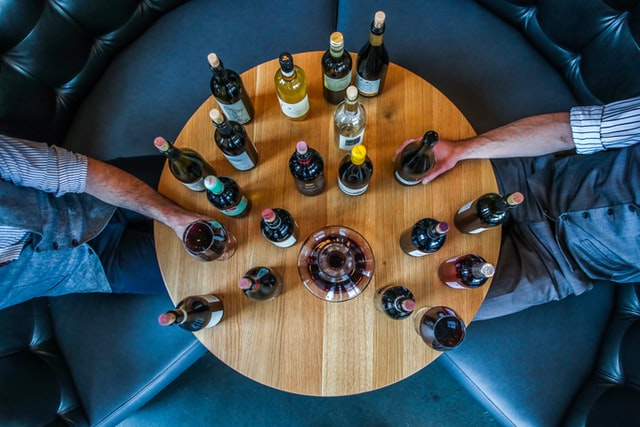

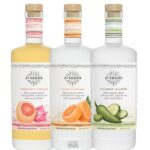
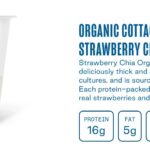
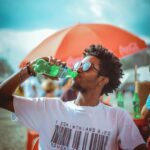
Nice article that does a great job of demystifying primary and secondary research. However, the url for http://www.merrill-insights.com is misspelled in the article, so the link doesn’t work. Just thought you’d want to know…
Lauren,
Thanks for catching my error.
Jeff